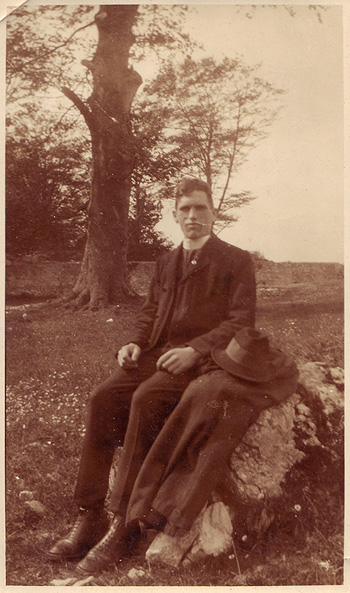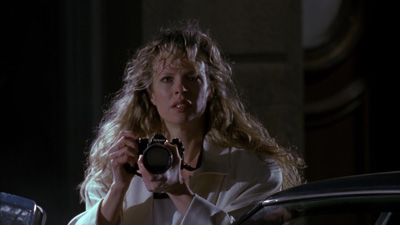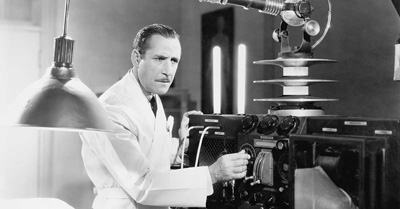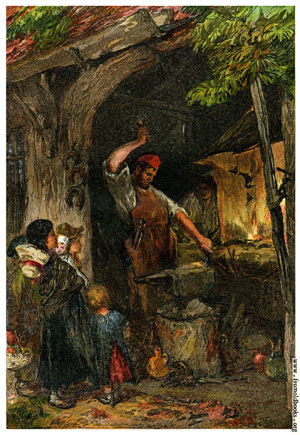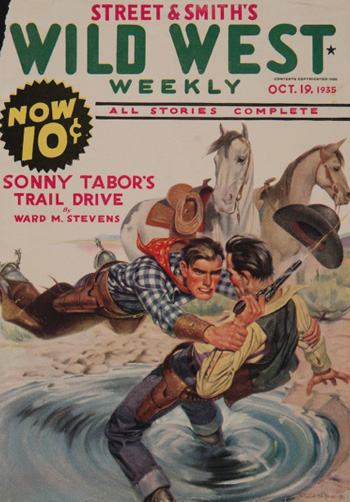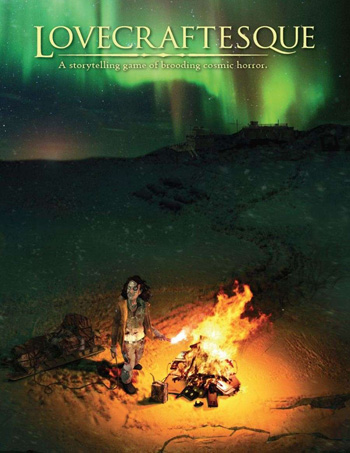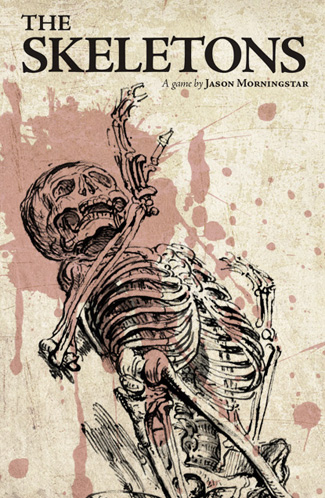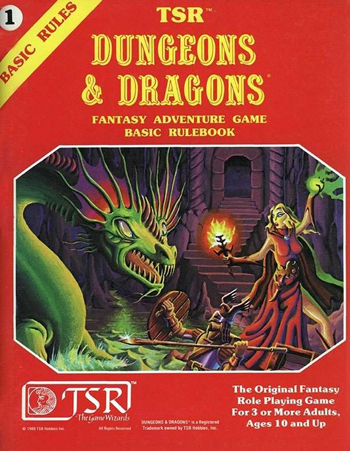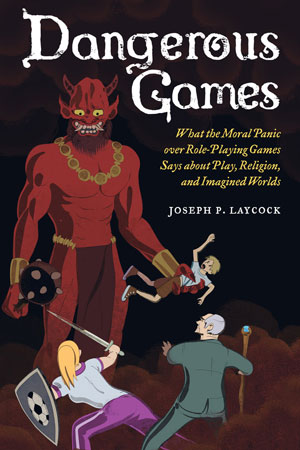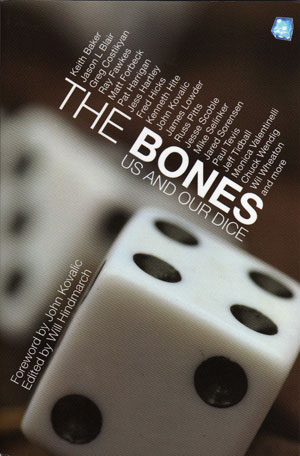Preacher Comforts
Ah, my wee fair ones, I’ve been sitting here pondering what I wanted to write about, and there ain’t nothing. Truly does the power of absolute laziness hold me in its grip. Shall nothing go on the blog? Shall none of ye wonderful bastiches receive my mad leet wisdoms?
Or shall I, mayhap, just say feckit and post an RPG character?
Aye, my wee fair ones, let’s do a GURPS thing.
Before we get too far, let’s review the usual GURPS background material.
GURPS is a point-based character system — stats over 10, advantages, and skills cost you points; stats under 10 and disadvantages get you some points back. Quirks are worth a negative point each (and limited to five) and must be roleplayed. Numbers in the square brackets are how many character points were allocated to each item. This is all done in GURPS 3rd Edition, ’cause 4th Edition was garbage.
In GURPS, 100 points is considered a good starting point for beginner-level, unpowered characters, being significantly above the average person, but not strong enough to power through every obstacle. Some campaigns, particularly those dealing with high-level fantasy or superhero games, can be much stronger, up to 500 points, 1,000 points, or even more.
This is Father Frank Franklyn, a Catholic priest.
Name: Father Frank Franklyn
Points: 100 Points
Appearance: White male; Age 32; 5’9″, 195 lbs.; thinning black hair; blue eyes; always wears his priest collar.
Statistics:
ST: 10 [0]
IQ: 13 [30]
DX: 11 [10]
HT: 11 [10]
Speed: 5.50
Move: 3
Dodge: 5/3
Parry: 8
Advantages:
Clerical Investment 1 [5] (Reaction: +1)
High Pain Threshold [10]
Strong Will +1 [4] (Will: 14)
Disadvantages:
Gluttony [-5]
Overweight [-5] (Extra body weight: 45)
Stubbornness [-5]
Vow (Catholic Priest) [-10]
Quirks: Gets angry with people who litter; Likes big-budget action movies; Loves to talk about philosophy; Tries to get bookish students to learn boxing; Loves to eat Mexican food. [-5]
Skills: Area Knowledge (Detroit)-15 [4]; Bard-14 [4]; Bicycling-12 [2]; Boxing-12 [4] (Parry: 8); Brawling-12 [2] (Parry: 8); Chess-14 [2]; Computer Operation-14 [2]; Detect Lies-13 [4]; Driving/TL7 (Motorcycle)-12 [4]; Exorcism-11 [1]; Fast-Talk-13 [2]; First Aid/TL7-14 [2]; History-12 [2]; Interrogation-11 [½]; Leadership-13 [2]; Philosophy-13 [4]; Streetwise-13 [2]; Teaching-14 [4]; Theology-15 [8]; Writing-13 [2]
Languages: English (native)-15 [2]; Latin-11 [½]; Spanish-12 [1]
Biography: Frank had a rotten life growing up, and had been abandoned by his parents by the time he was five. He grew up in a few better-then-average orphanages and foster homes in Detroit and was eventually enrolled in a Catholic boarding school, which led to a Catholic college education, and by then, he was happy to sign on as a priest. He admits he enjoys being a priest because it’s not hard work, and he retains a love for the city and a fondness for hard-luck kids.
Design Notes: Father Frank is a 100-point character. He was designed for modern-day settings, though he can be adapted to other settings and genres with little effort.
Honestly, I feel like he’d fit best in a horror campaign. But there ain’t no way he’s gonna live to see the final credits. He’s almost guaranteed Monster Chow.
Comments off

